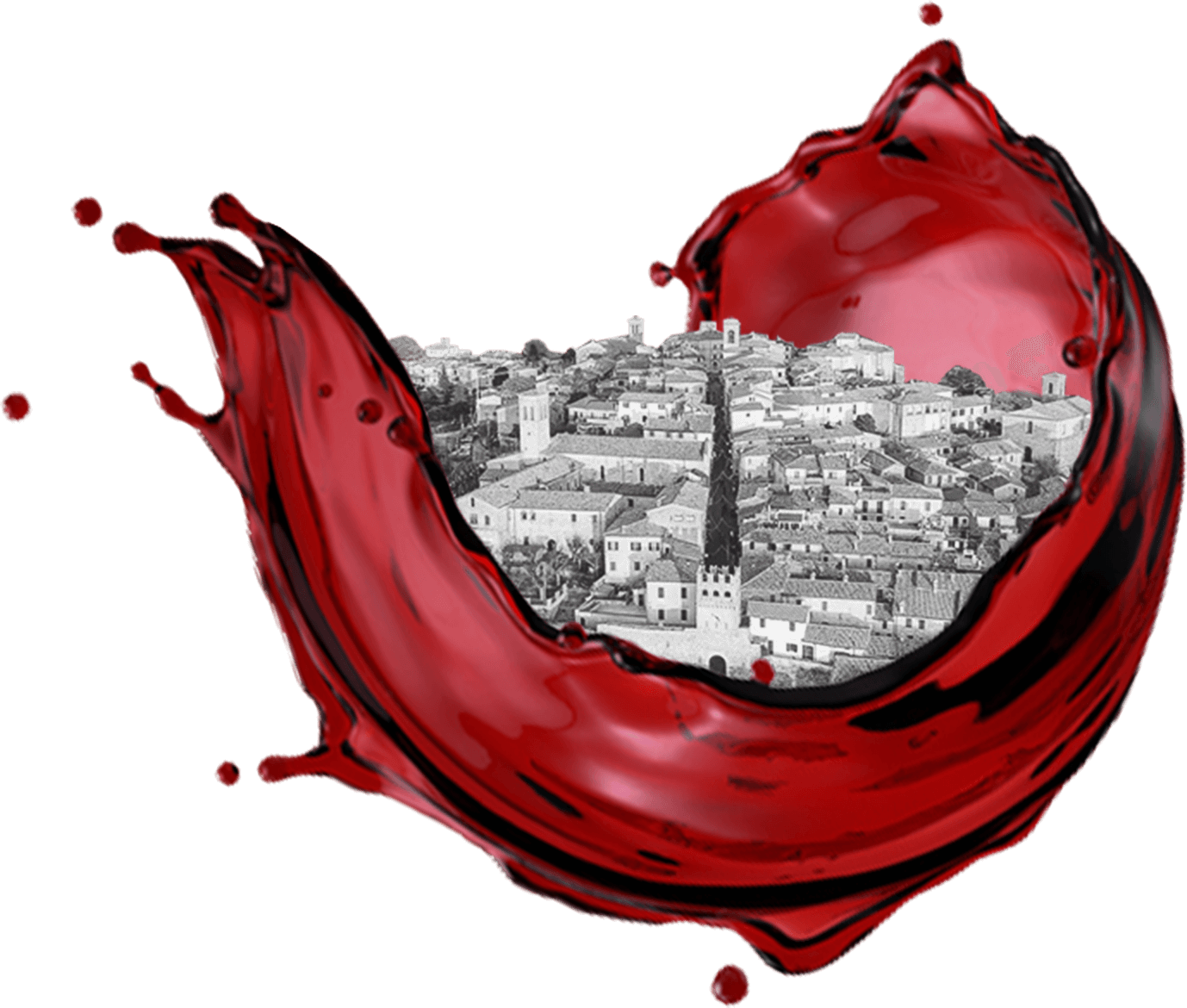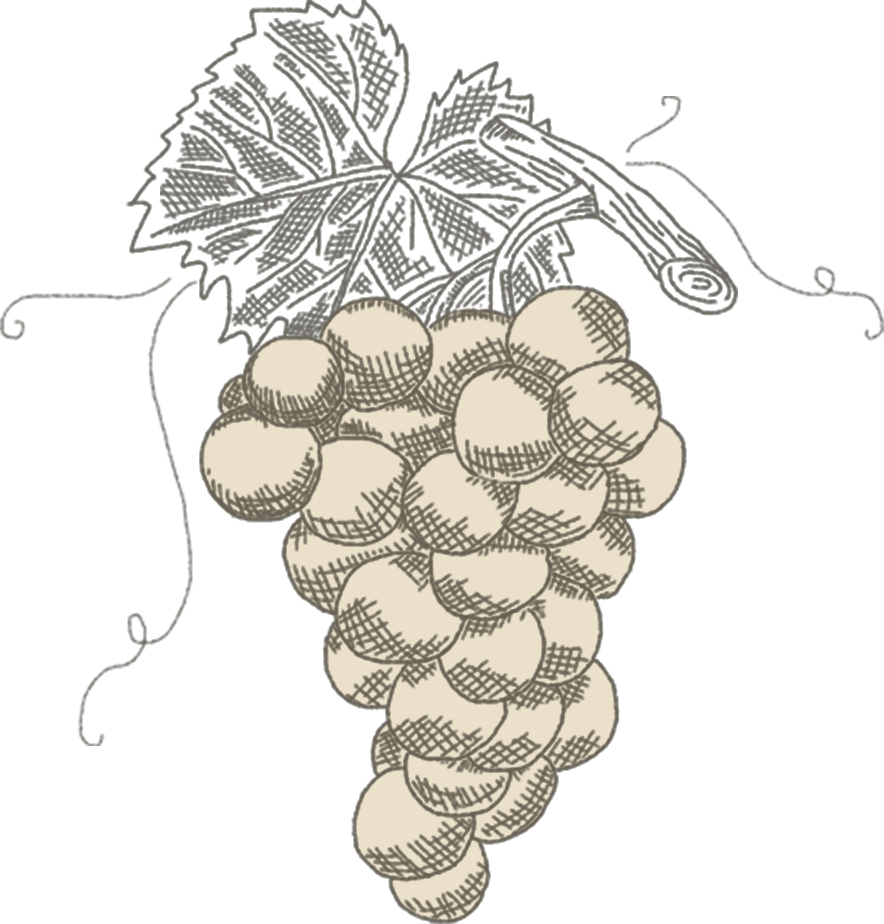


One thing is for sure, official news of this variety first emerged in Medieval times and already in 1200 its wine was bestowed as a prestigious gift upon Cardinals and Popes. The development of vine farming in monasteries and the use of wine during religious ceremonies gave rise to its name: “Sacer”, sacred.
In the 14th century the municipality of Montefalco established a set of specifications to regulate vine farming, including rules for cultivation, harvesting and production. In 1540 the start date for its harvesting was established by municipal decree.
The first official document in which the name Sagrantino appears dates back to 1549, in a transaction commissioning a merchant from Trevi with the purchase of Sagrantino must. In 1598, a document prepared by the notary Giovan Maria Nuti of Assisi mentions the local custom of mixing Sagrantino must with other musts to add aromas and flavours.
Fast forward to 1899 and during the “Umbrian Exhibition”, Sagrantino was decreed not only a dessert wine, but also a wine for superior meals. Until then its vinification was almost entirely limited to sweet wine production: grapes were left to raisin on cane trellises called “cammorcane” and then processed with a sugar content of around 40 babo degrees. The resulting wine was served with desserts during all major religious holidays. Modern viticulture developed in Italy at the turn of the 20th century and slowly spread in Montefalco. A milestone of this process was the regional exhibition of Umbrian oils and wines which took place in Montefalco from 13th to 20th September 1925, when a dry version of Sagrantino wine was presented to the jury.
The dry version was limited to local production, safe in the knowledge that the grape’s characteristics added body and considerable alcoholic strength to wines.

An anecdote told to us by an elderly merchant from an Umbrian village in the mountains speaks volumes about impressions of this wine. He told me how he “collected demijohns of Sagrantino from your neighbour, then I would take them up to the mountain and mix them with 50% water, the result was a much stronger wine than they were used to up here, so demand was extremely high.” In 1971, following a project by the body for the development of farming in Umbria, the first ever pilot batch of dry Sagrantino was produced at the cooperative winery of Foligno.
It obtained DOC recognition in 1979 for the dry and passito wine, however it wasn’t until 1992 that it was recognised with DOCG status, placing Sagrantino on a par with some of Italy’s most important wines.

